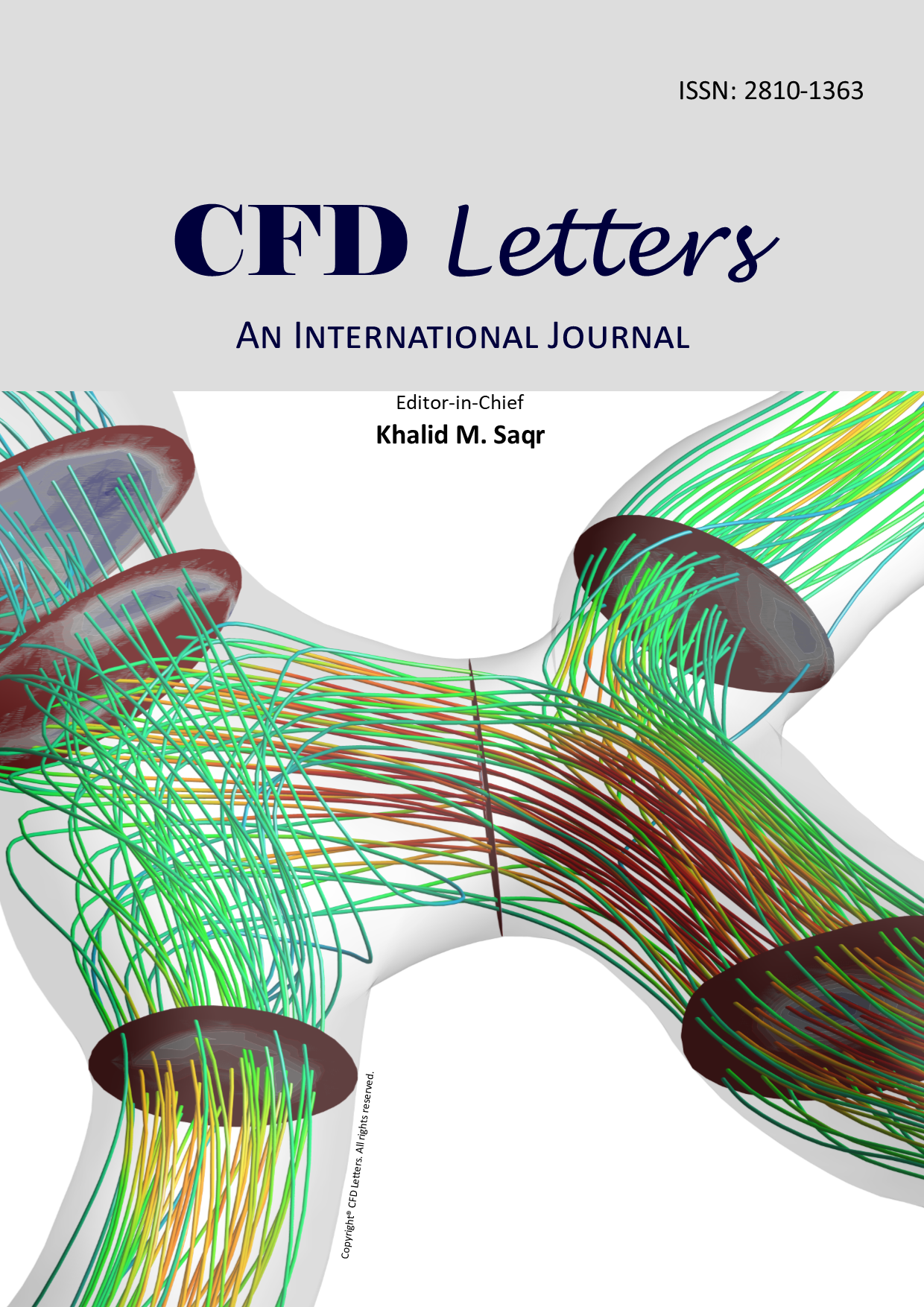Experimental and Numerical Study of High Froude-number Resistance of Ship Utilizing a Hull Vane®: A Case Study of a Hard-chine Crew Boat
Keywords:
CFD, hard-chine crew boat, high Froudenumber range, ship resistance, towing-tank experimentsAbstract
Energy efficiency and environmental sustainability are key performance indicators in the development of services and products nowadays. This study is motivated by the inquiry whether a lower ship resistance, thus energy efficiency due to saving of fuel consumption, is achievable if a Hull Vane® is to be retrofitted into a high-speed vessel at Fr > 0.6. Experimental and numerical studies were performed, utilizing a hard-chine crew boat with varying vane’s placement in the longitudinal direction. At Fr > 0.75 all vane’s placement variations resulted in an increase of total ship resistance, reaching a value of 36.3% at Fr = 0.92 for the vane’s placement with the leading edge one chord length behind the transom. A bow-down trim was observed in this high Froude-number range, which became more pronounced with increasing Fr. The vane’s placement with the leading edge two chord lengths behind the transom was found to be the most favourable vane’s placement among the variations considered, which resulted in a decrease of ship resistance at Fr < 0.74, reaching a value of 7.1% at Fr = 0.62.













